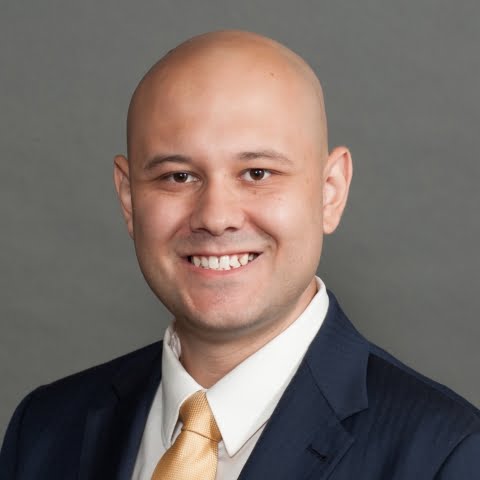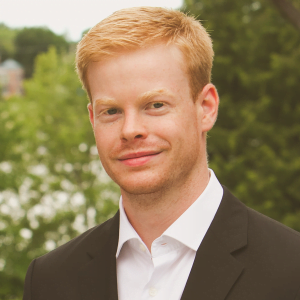Monetary policy is confusing. What even is The Fed? How do they control interest rates? Is The Fed different than the Treasury? Why do different cities have different feds? And, most importantly, do people with laser eyes on Twitter actually know anything about inflation?
These are all things that I’ve wondered about — fortunately, my friend Chris Russo is a post-graduate research fellow at the Mercatus Center at George Mason University and an expert on monetary policy. And, he lifted some weights at South Loop Strength & Conditioning while pursuing his education at the University of Chicago.
Chris does a great job of breaking down how monetary policy impacts our daily lives, and gives an enlightening explanation of some of the plumbing that keeps our monetary system functioning. Plus, we discuss a zoomed out perspective on how to think about the inflation numbers in the news.
Check out the full conversation with Chris below.
Listen Here
- iTunes
- YouTube
- Overcast
- Google Play
- If you’re enjoying the show, why not a leave a review? It makes a difference in terms of other people finding the show.
Learn more from Chris here:
- Website: www.russoecon.com | Mercatus Profile
- Twitter: @RussoEcon
Show Notes:
- [02:06] What is the US Treasury? What is The Fed? What do the Treasury and the Fed have to do with inflation?
- [13:36] A history of the organization of The Fed including: why cities have their own Fed, how the fed regulates monetary policy, and what it means to “print money”
- [27:44] How does the money supply impact prices and inflation? And, the importance of the equation of exchange: MV = PQ
- [33:10] Paul Krugman’s babysitter club analogy and how it explains monetary policy
- [45:40] Why does The Fed target 2% inflation?
- [51:02] Interest rates, full employment and the Fed’s mechanisms for inflation targeting
- [01:02:11] How should people think about inflation numbers in the news?
- [01:12:11] Summary of key takeaways on monetary policy
Links and Resources Mentioned:
- United States Department of the Treasury
- Federal Reserve
- United States Treasury security
- Full Employment Definition
- Federal Funds Rate
- Hamilton vs. Jefferson on Monetary Policy
- Why Does Missouri Have Two Federal Reserves?
- Federal Open Market Committee
- Why Does The Fed Buy Mortgage-Backed Securities?
- The Great Depression According to Milton Friedman
- The Equation of Exchange
- “Baby-Sitting the Economy” by Paul Krugman
- The Impact of Interest Rate Changes by the Federal Reserve
- Why Is Deflation Bad for the Economy?
- Helicopter money
- Neo-Fisherism vs. Conventional Central Banking Wisdom
- The Fisher Effect
- “Inside the Black Box: The Credit Channel of Monetary Policy Transmission” by Ben Bernanke
- The Taylor Rule: An Economic Model for Monetary Policy
- Consumer Price Index





